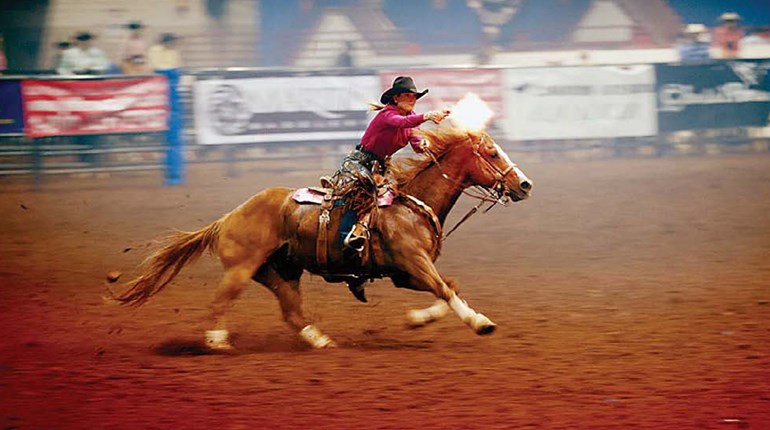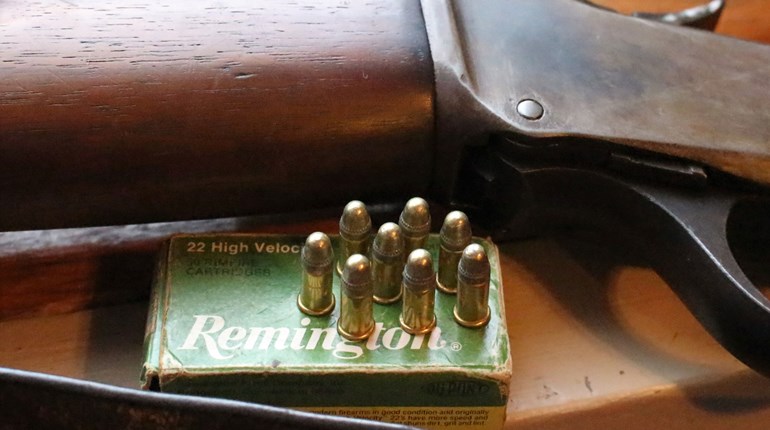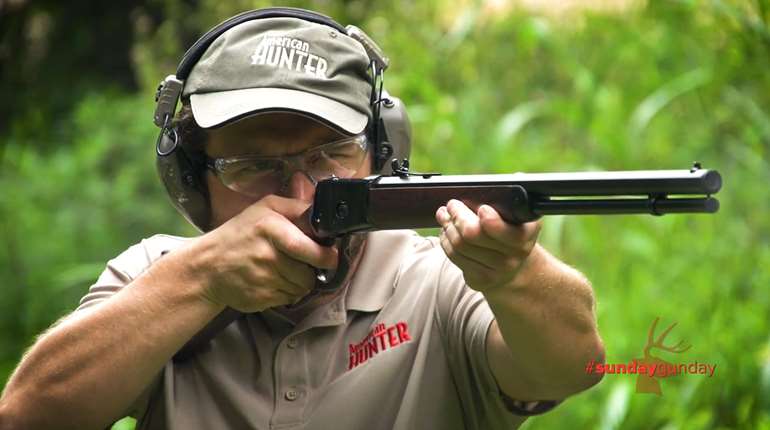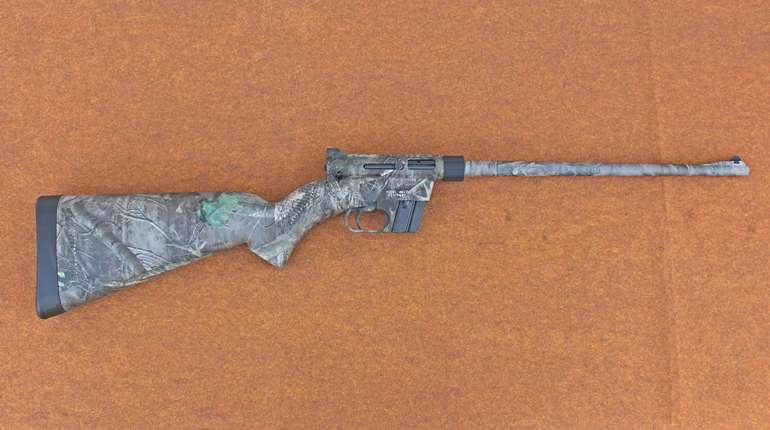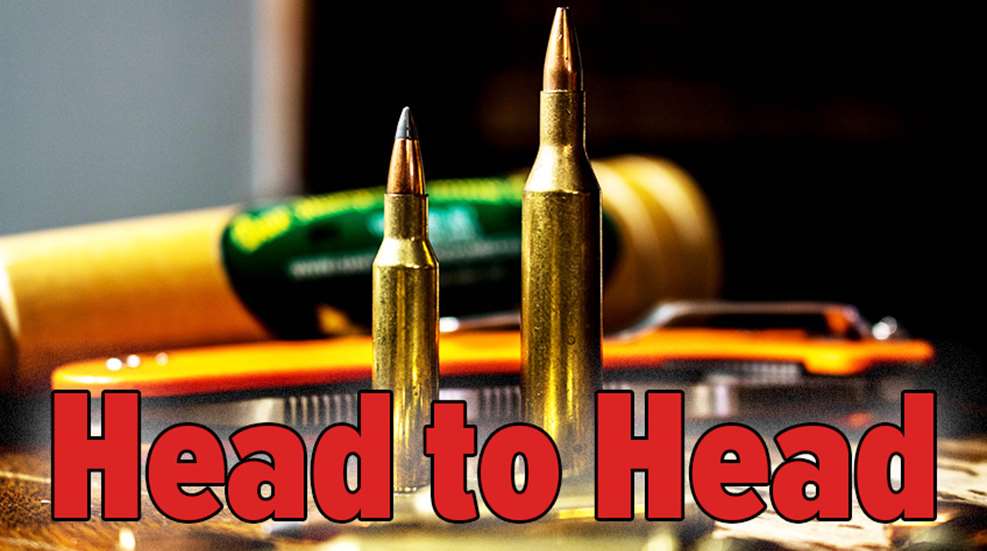
There are smaller bore diameters, but you’ll have to look long and hard to find them. The Bill Eichelberger line of cartridges uses .10-inch, .12-inch and .14-inch diameter bullets, though they are about as rare as hen’s teeth. You will find the smallest commercial cartridges available are the .17-inch bores, and while they’ve been around exactly as long as I have, the shooting public seems to have an on-again-off-again relationship with the .17s.
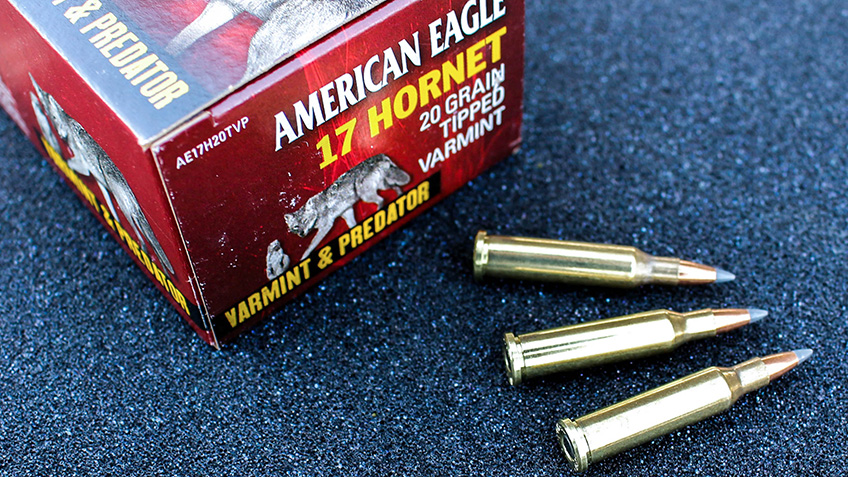
The introduction of the .17 HMR in 2002 rekindled the flame which was started by the .17 Remington in 1971. Famed gunsmith and cartridge developer P.O. Ackley had experimented with .172-inch diameter bullets in the early 1950s, but the release of the .17 Remington was the first commercial release of a .17 caliber centerfire – being offered in the highly successful Model 700—and if nothing more, the cartridge was all about speed. P.O. Ackley also modified the venerable .22 Hornet, necking it down to .17, but Hornady’s 2011 release of the commercialized .17 Hornet grabbed some attention.
The majority of .17-caliber loads are centered around 20- and 25-grain bullets (there are component bullets as heavy as 30 grains), and the centerfire .17 cases attain some serious velocity. The small bore fouls easily, and you can see accuracy degrade in as little as ten shots in certain rifles, but they are a death ray on varmints and predators. Let’s take a look at the .17 Remington and the .17 Hornet and compare and contrast their attributes.
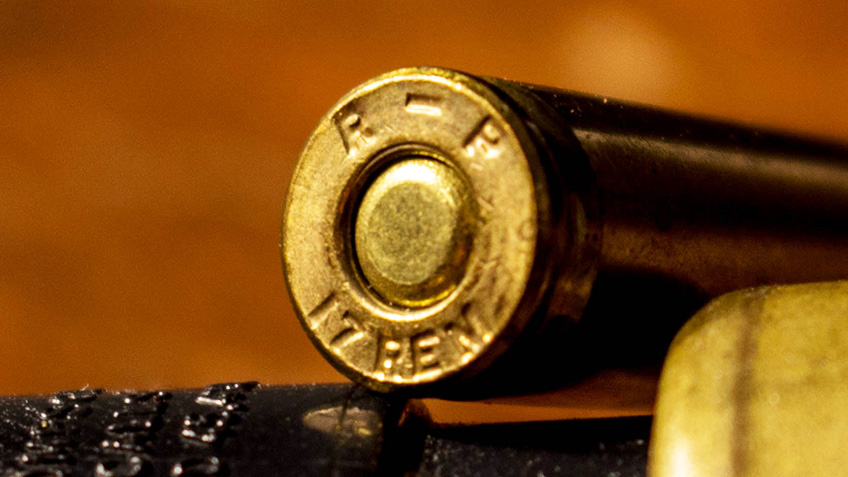
The .17 Remington is based on the .223 Remington or the .222 Remington Magnum, depending on which account you read, though looking at the design, the .222 Remington Magnum makes more sense to me. No matter how you launch one of the 20 or 25-grain bullets, their weight and ballistic coefficient are so low that it makes the effects of wind deflection a definite consideration. But, within 350 yards or so, the .17 Remington makes a great varmint and predator cartridge, as the frangible bullets make very small holes in a furbearer’s pelt—and usually don’t exit—yet have enough energy and a flat enough trajectory to place shots accurately on woodchucks and prairie dogs, creating that famous red mist.
With a 23-degree shoulder and a case length of 1.796 inches—the .223 Remington uses a 1.760-inch-long case—the .17 Remington often has a powder charge heavier than its bullet. The 20-grain bullet can be pushed to over 4200 fps, and the 25-grain bullet breaks the 4000 fps mark, as well. At these velocities, the bullets are subjected to all sorts of stresses upon impact, and I’ve seen some over-zealous handloads strip the jacket from the core of the bullets. But, in a good rifle, the .17 Remington can be a very accurate cartridge, and has very little recoil, though the report is on the loud side for the size of the projectile.
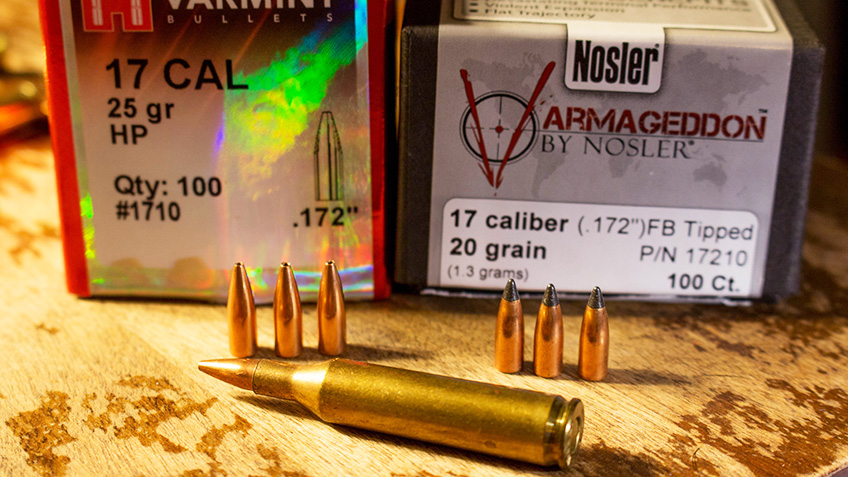
The .17 Hornet, son of the classic .22 Hornet that our grandfathers delighted in shooting, is a well-balanced design. The slight five-degree shoulder of the .22 Hornet was radically steepened to a 25-degree shoulder and blown-out to increase case capacity. Sharing the rimmed design of the parent case, the .17 Hornet feeds nicely in a bolt-action repeating rifle—I spent some time with a Savage Model 25 Walking Varminter which shot very well—and will handle both varmints and predators to the same 300 to 350 yards that the .17 Remington will. The muzzle velocities generated by the .17 Hornet run considerably slower than the .17 Remington—3650 fps for the 20-grain load, and 3870 fps for the lighter 15.5-grain NTX load from Hornady—yet the pressures, barrel wear and fouling are also less than those associated with the larger-cased .17 Remington.
Assuming a 200-yard zero for both cartridges, and using a 20-grain bullet for comparative purposes, the .17 Remington will hit about two inches higher at 300 yards than will the .17 Hornet (4.6 inches of drop for the Remington vs. 6.4 inches for the Hornet), yet in the hands of an experienced rifleman, that difference can easily be accounted for. The Hornet ammo—available from Hornady and Federal—runs between $0.70 and $0.90 per round, while the .17 Remington ammo—available from Remington and Nosler—costs about $1.70 per round.
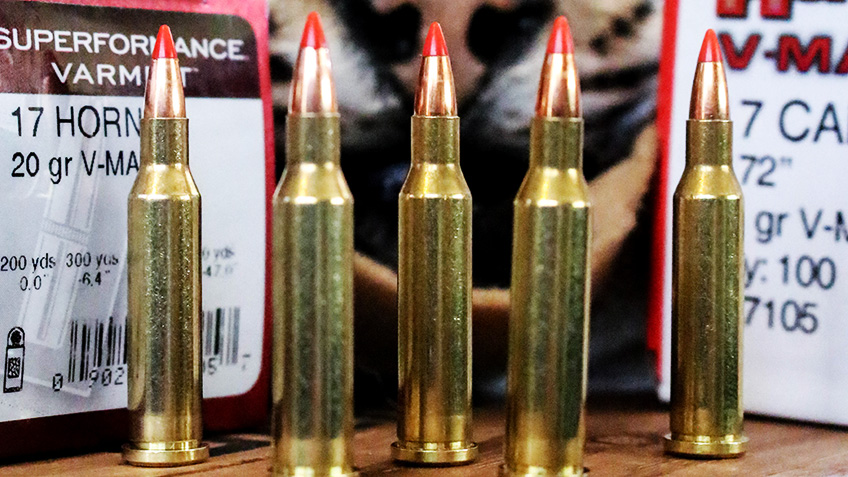
Between the two, I find the .17 Hornet to be the more efficient, affordable and sensible choice. Owning a .17-caliber rifle comes with its own set of challenges (a specialty cleaning rod must be ordered, and it’s very easy to wedge a patch in the bore), but among the centerfire choices, including the .17 Fireball, I like the .17 Hornet. I’ve used it for foxes and coyotes here in the northeast, and it’s proven itself on a hot prairie dog town. Kudos to Hornady for recognizing the potential of the design, and for bringing it to the masses.
Looking for previous installments of our "Head to Head" series? We've got you covered.
• 7mm RUM vs. .300 RUM
• .308 Winchester vs. 7mm-08 Remington
• 6.5 Creedmoor vs. .260 Remington
• .303 British vs. 8x57 Mauser
• .30-06 Springfield vs. All Other .30s
• .17 HMR vs. .17 WSM
• .450 Nitro Express vs. .470 Nitro Express
• 350 Legend vs. .35 Remington
• .280 Ackley Improved vs. 7mm Rem. Mag.
• .404 Jeffery vs. .416 Rigby
• .243 Winchester vs. 6mm Creedmoor
• .300 PRC vs. .300 Win. Mag.
• .30-06 Springfield vs. .270 Winchester
• 6.5 Creedmoor vs. 7mm-08 Remington
• 8x57 Mauser vs. .318 Westley Richards
• .358 Winchester vs. .350 Remington Magnum
• .22-250 Remington vs. .220 Swift
• .270 Winchester vs. .270 WSM
• .26 Nosler vs. 6.5-300 Weatherby Magnum
• .458 Win. Mag. vs. .458 Lott
• 7mm Rem. Mag. vs. .300 Win. Mag.
• .243 Winchester vs. 6mm Remington
• 7x57mm Mauser vs. 7mm-08 Remington
• .25-06 Remington vs. .257 Weatherby Magnum
• .338 Winchester vs. .375 H&H Magnum
• .30-30 Winchester vs. .35 Remington
• .257 Roberts vs. .250-3000 Savage
• .270 Winchester vs. .280 Remington
• .35 Whelen vs. 9.3x62mm Mauser
• .416 Rigby vs. .416 Remington Magnum
• .308 Winchester vs. .30-06 Springfield
• .22 Nosler vs. .224 Valkyrie
• .300 Win. Mag. vs. .300 WSM
• .223 Remington vs. .22-250 Remington












